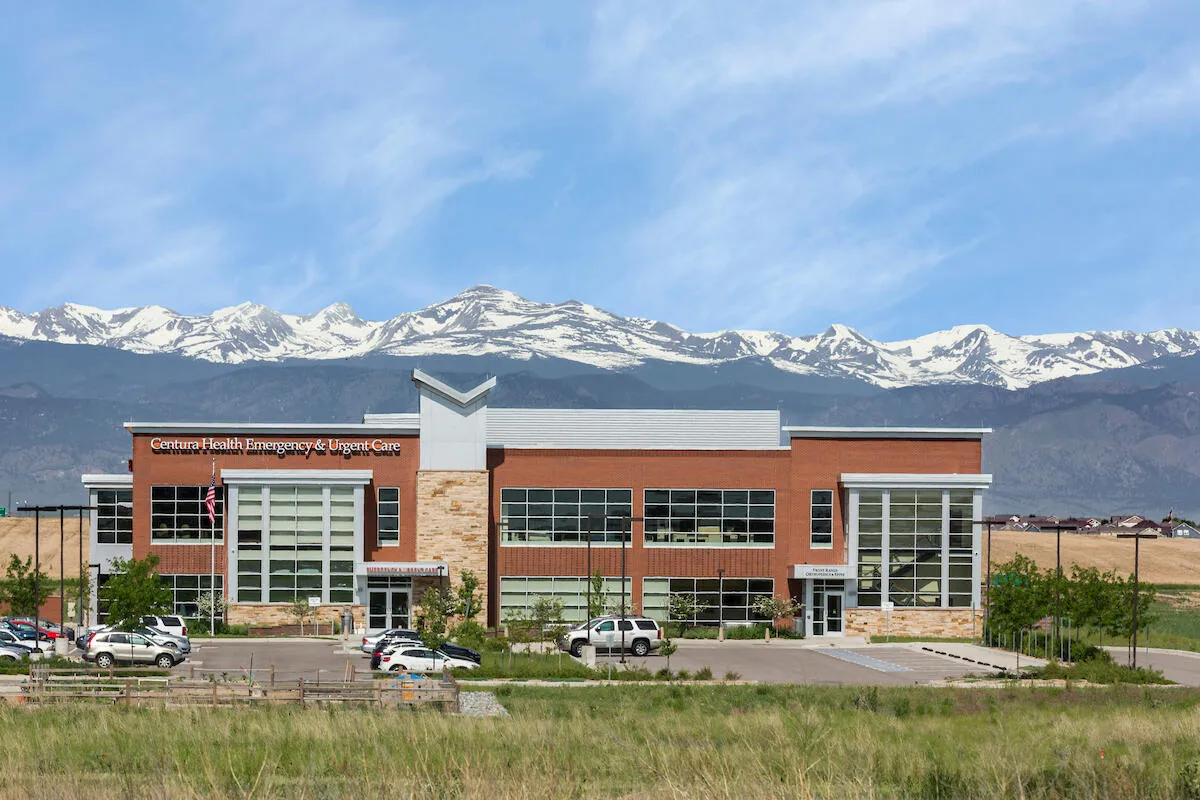Doctors try new strategies to relieve pain without addiction

Managing pain in an era when society’s sharp focus is on addiction to opioids was hard enough. Managing the addiction that too often follows was tougher. The COVID-19 pandemic just added to the challenge.
Opioids — substances that act on certain of the body’s receptors — can provide welcome pain relief. But their misuse and overuse have generated some startling and tragic statistics in Colorado, where 3,089,898 opioid prescriptions were dispensed in 2019, an average of more than 8,000 a day.
Colorado has seen about 16,000 overdose-related deaths since 2000, including 1,457 in 2020, up from 1,062 the previous year. Those statistics…
THIS ARTICLE IS FOR SUBSCRIBERS ONLY
Continue reading for less than $3 per week!
Get a month of award-winning local business news, trends and insights
Access award-winning content today!





